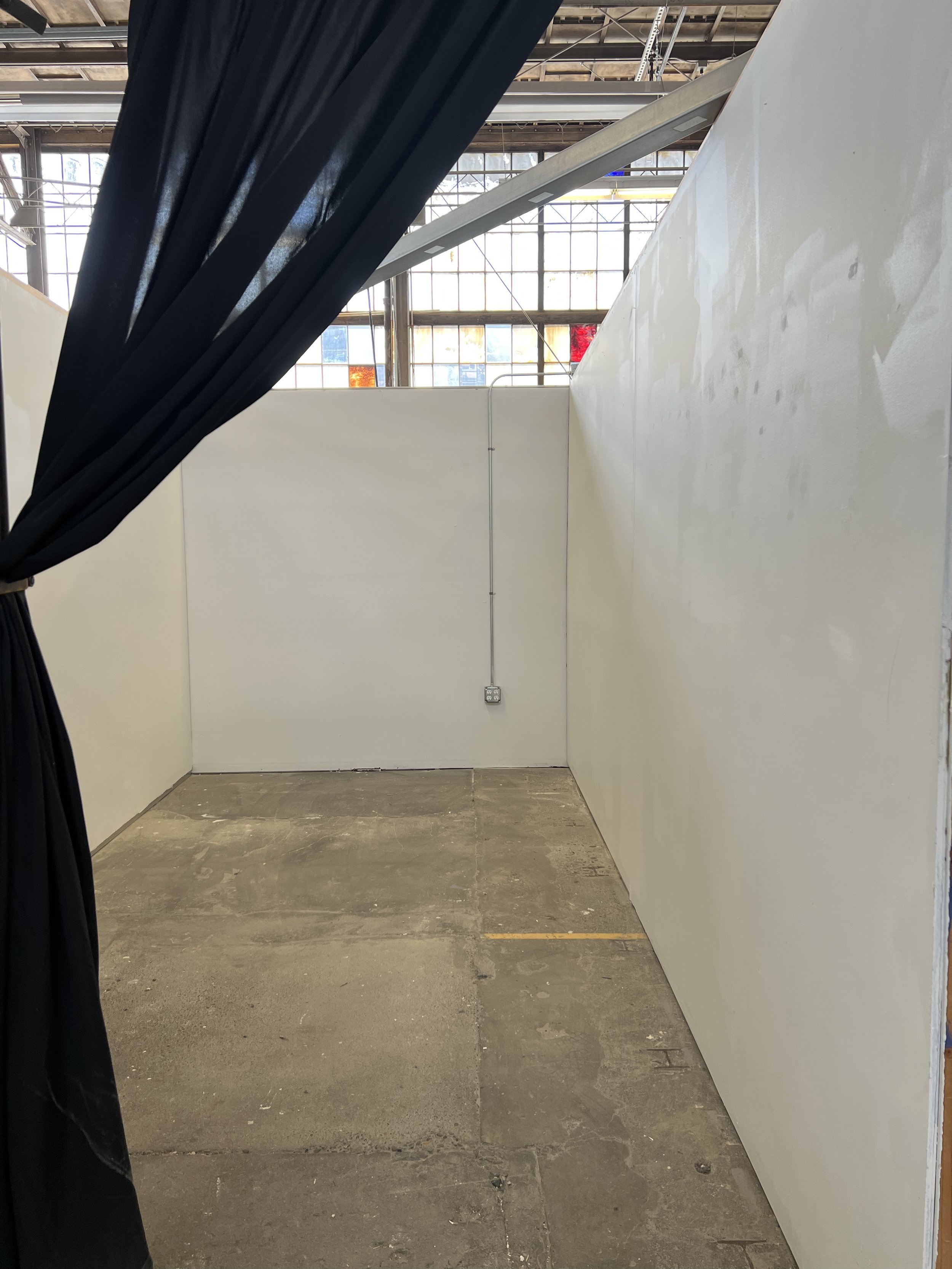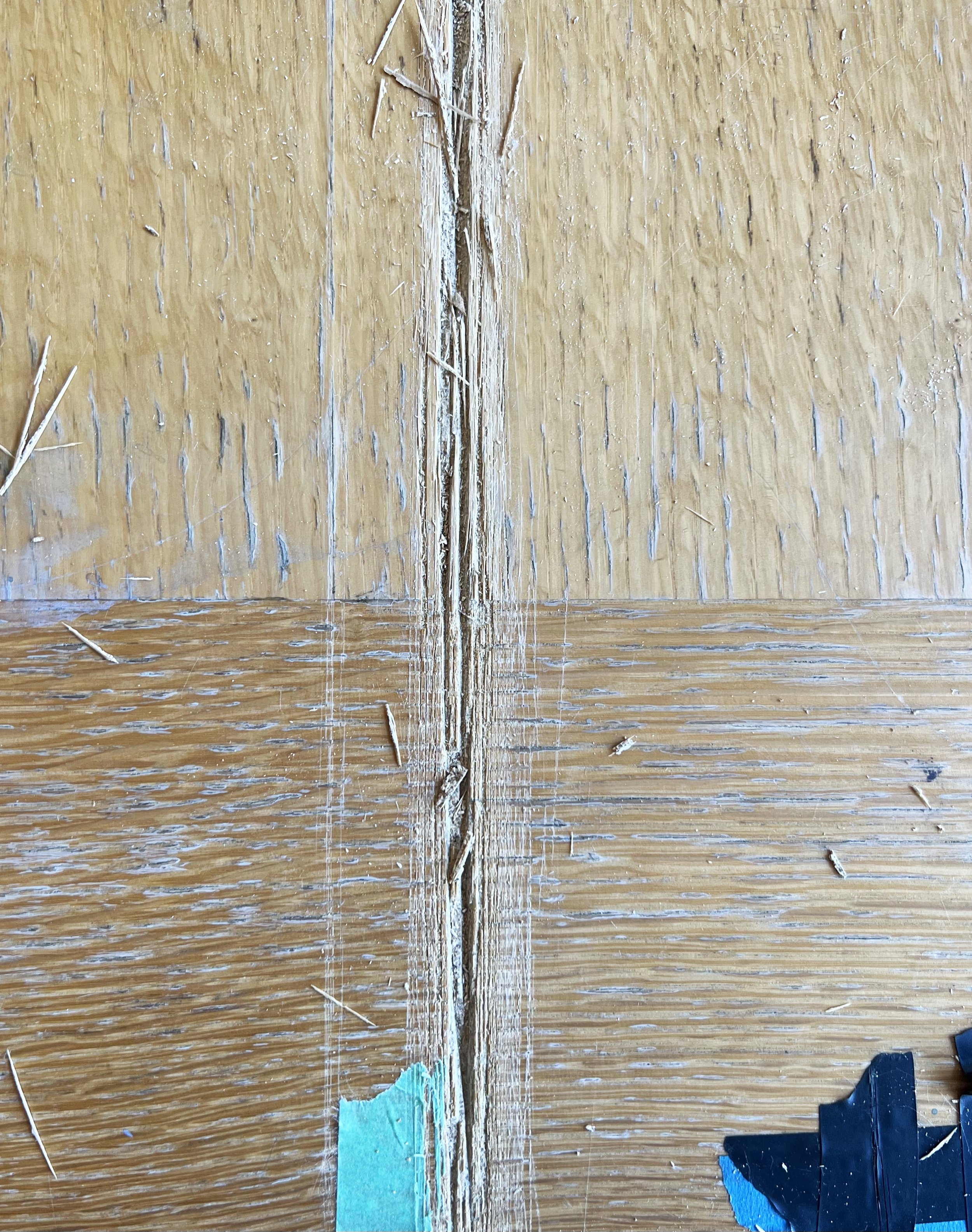Skipping any and all introductions, I tumbled (late and sweaty) into a reading of “An Archipelago of A Year,” by Alexandria Juarez. I wiped my forehead as K-Ming Chang lead the discussion, emphasizing how this flash fiction is circular rather than linear, “beginning and ending with the landscape of a body.”
“A title teaches the reader how to read”
“presence as absence”
“islands of time in proximity.”
Post graduation, I had managed to slip into another Low-Residency Creative Writing workshop. Supplied with a list of writing prompts I chose: A List of Ten Things That Have Happened in the Past Year.
It occurred to me that I typically don’t reflect on a year unless I am at the beginning or end of it. Yet, in some ways graduating in May after two years in graduate school is its own beginning of an end.
Life jolting transitions catapult me into strange states of being hyper aware and simultaneously lost in time. A year: what can…did happen?
1. Meeting in the same place while being worlds apart.
All Day Zooming, 2022
Saturday, February 12, 2022, Portland, OR 9:53 am drinking too much coffee, I wrote down:
Now when I mark my calendar to ‘meet’ with someone I must specify whether we will meet in real life (IRL) or in a virtual (alternate) space. What is real and what is not? To be in the company of someone isn’t always the same physical space.
2. Meeting when my morning is their evening in different places of the same world
An excerpt of my risograph printed thesis, The Curious Distance From Foot to Fingertip
3. Reaching the peak of a goal
Saturday March 5th, 2022, the middle of the intersection between N Tillamook St and N Kirby Ave in Portland, OR 11: 29 am (Ilsa for scale)
Sunday, May 22nd at roughly 4:30 pm with my knees shaking from behind the podium, I stood center-stage at the Tiffany Center reading my commencement speech aloud to my graduating class:
“A few months ago when I was headed to the studios one morning, I witnessed something I’d never seen before. From afar it looked suspicious, but up close, I found it strangely beautiful. To my surprise what I encountered that morning was a giant pile of fortune cookies, crushed, and crumbled in the middle of an intersection; a crossroads exposing hundreds of affirmations. It feels similar to this moment. Instead of tiny sized words laying on the ground staring up at me, I see the crossroads and affirmations looking back at me in your eyes.
Out of the 140 fortunes I collected that day, because that is the person I am, I found that there were two that were repeated three times. I expected at least one of them be a variation of “the current year will bring you much happiness,” but it turned out that the two fortunes that were repeated the most were:
You will make many changes before settling satisfactorily
A new pair of shoes will do you good”
4. Reaching the peak of a goal then learning how to climb down.
They are the untranslatables, 2022
Monday, June 13th, 2022, day two of deinstalling my thesis exhibition. I cathartically plucked the vinyl letters from the wall and rearranged them in my sketchbook. Burying their former legibility in layers of overlap was a way to say goodbye— to say everything and nothing simultaneously.
5. Painting the entire wall blue.
Installation view of Weather Patterns of the Room, 2022 (Image courtesy of Mario Gallucci)
The argument was initially recorded in a notebook on a Monday in March. On that day I wrote “I heard words shatter to the floor.” Which is not fully true. I had thrown an object to the ground, purposefully breaking it to fill in the blank space where words should have been. The footnote positioned near the floor reads “I wish there had been words, I desperately wanted to hear words, anything over silence.”
Detail of Weather Patterns of the Room, 2022 (Image courtesy of Mario Gallucci)
I knew at the time of the argument that my anger was a response to the loudness of silence. Now I have identified more than that. There was pain behind my anger, pain hidden in the feeling of invisibility.
This is why I chose the color blue. This particular blue is a commercial glaze called blue jean, made with cobalt, which in German means goblin for its historically hazardous conditions for mining something associated with arsenic vapors. In Maggie Nelson’s book, Bluets, she answers the question, “why blue” with “we don’t get to choose what or whom we love.” In Rebecca Solnit’s book, A Field Guide to Getting Lost, she refers to blue as a place where desire and disappearance converge, “a blue of distance and a landscape of emotion where inside and outside are intertwined. A color of there seen from here and the color of where you are not.”
6. Reclaiming a broken branch as a vessel.
From a fruit bearing branch to a ceramic vessel
To make these components, I replicated a chopped branch from the pear tree in my backyard along with found pipes of different sizes, curves and forms purchased from a recycling center. Timing is everything. When clay is soft enough to sculpt but still hard enough to hold the weight of its form, I cut and crop the patterns, the forms I’ve molded for reproduction, like how I cut and glue paper, joining the branch to a pipe. In this way, I also combine different patterns of pipes together bound to one another as a drawing of three-dimensional curvilinear tubes.
Molding objects from one material and casting their patterns in another is an erasure that generates new possibilities—a three-dimensional collage of forms. Made by both my hand and using mold making processes of reproduction that utilize a readymade object, a conduit, I am acknowledging my own complicity while also questioning modeled behaviors. Altering these molded forms is an attempt to interrogate and question systems I have inherited and learned.
7. Saying ‘no’ gives more room for ‘yes.’
Yachats,OR
Site-specificity is just as revealing as word choice is idiosyncratic. I’m curious how a grouping of characters can also reveal character.* I want to know about the words people live with** —both those that are dusty from sitting on the shelf (only for display) and those that have tattered edges from the many fingers that have touched them. Which words entice people to turn a page? Which words do people follow around a corner? What are the words that accidentally slip out and stain the rug? Is it the word itself, the person (thing or being) who selected to use it or rather the sentence from which it was found that piqued*** an interest?
* Here I’ve used the word character as an example of a homonym–slippery words with identical pronunciations and spellings but different meanings. They require a reader or listener to differentiate meaning based on the environment of its sentence. Character used twice in the same sentence means something different in each use.
**My friend A refers to arguments as discussions. She lowers her voice when she solemnly states, “we had lots of discussions” yesterday. S says hello and goodbye with a firm affirmation: party.
***Piqued was autocorrected. I first wrote peeked. I was most likely thinking about the phrase ‘sneak peek,’ but more times than not I want to write sneak peak, like I’ve climbed the mountain and have finally reached the summit for my glimpse between the clouds. Piqued is also a homophone, a word that sounds the same as another word but is spelled differently and has a different meaning; a curious word for saying it’s curious.
8. My corner of the studio looked larger with all my things in it than it did emptied.
I think about translation as relationships, connections between things, the circumstances, and conditions where language lives or occupies space and its power to generate and eliminate space. How does this show up in visual languages–the language of things, in detritus, the lost and found, the consumed and recycled, rejected, and cherished? Where does this show up in the circularity of time?
9. As I sat the couple at the window seat of the restaurant, we witnessed a naked man across the street squat at the curb to shit.
K-Ming asked the same four questions that were asked of her by a former professor:
What do you haunt?
What do you hunt?
What hunts you?
What haunts you?
10. I was hired by MK Guth to cut roughly 150 yards of fabric (500+ pieces each 9” x 60” inches) in three days.
My time cutting left a beautiful remnant carved into the table, recording my choreographed movements—MK’s instructions followed by my slide of hand. While my fingers are still numb, it has been a privilege to work with MK Guth, helping to prepare material for her interactive performance and exhibition, Be A Part of It! at Cristin Tierney Gallery. For the first six days of the show, visitors will be invited to write their names on silver satin ribbons. These ribbons will be braided together, extending off of Guth’s hair.
“Guth will keep the work attached to her hair as the braid grows in length and weight from July 18th through July 23rd. Over the following week, July 25-29, the braid will be cut and she will begin to sew the ribbons and faux hair into vessel-like sculptures in the gallery. The artist’s residency concludes on the 29th, and the finished works will remain on view through August 12th.
Audience interaction is at the heart of Guth’s practice. With each performance she hopes to shift viewers’ mindsets and prescribed patterns of navigating life through one-on-one conversation. Conceived in early 2022, Be Part of It! was directly influenced by the isolation and loneliness experienced by many during the pandemic. Guth seized the opportunity to create a work about belonging, in which authorship would be completed by participants.”
-Excerpts from the Press Release
These invitations to low-stakes writing exercises included an introduction to Zuihitsu, a Japanese form of writing described as: suggestion, irregularity, simplicity, perishability and spontaneity. K-Ming asked what happens when I allow for space between my words?
Taking my random list of ten memories from the past year, I attempted to write in Zuihitsu using shorter fragmentations born from my meandering memories.





